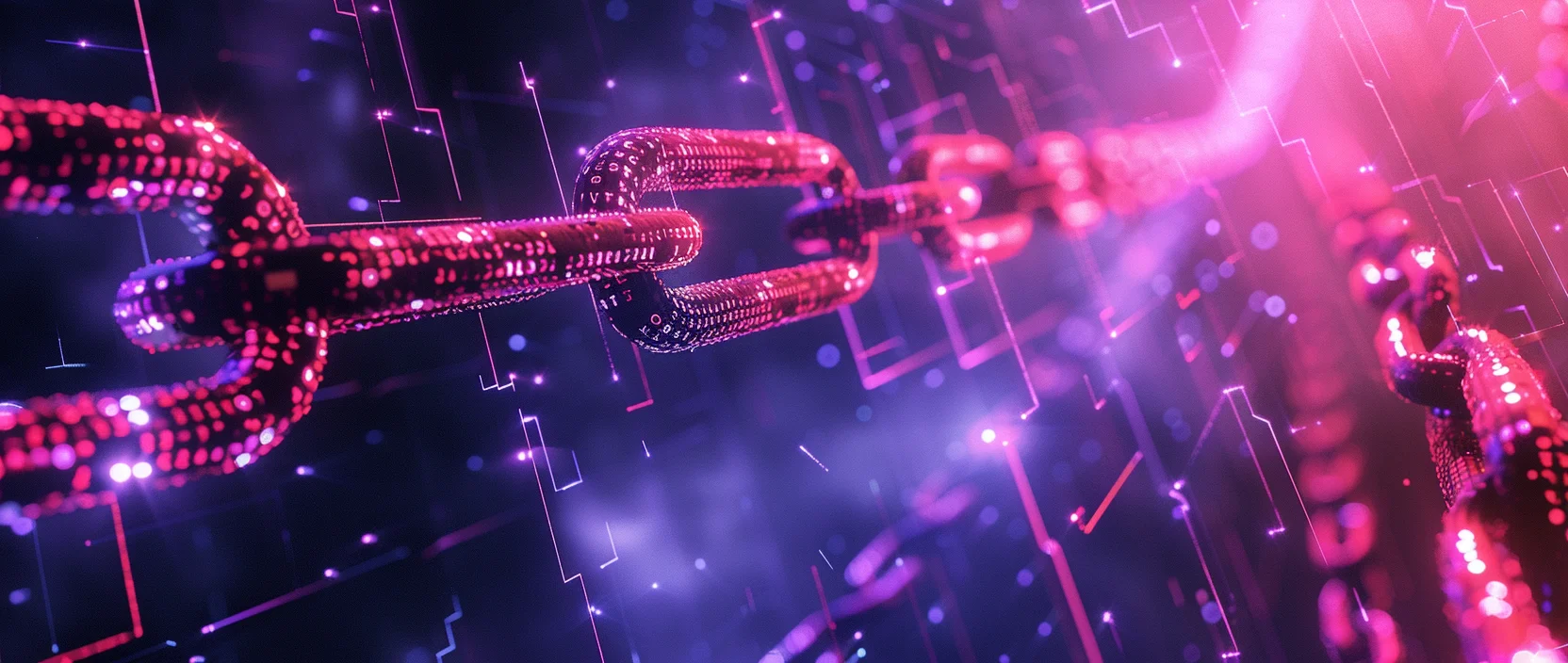KAIO (formerly Libre Capital) is a modern blockchain platform designed for the tokenization of real-world assets (RWA), combining regulatory compliance, cross-border compatibility, and liquidity in DeFi via a dedicated AppChain. The project transforms institutional funds into transparent, programmable tokens that function as full-fledged financial instruments within decentralized protocols.
Contents
- Overview and History of KAIO
- Project Architecture and Technologies
- Fund Tokenization and Platform Tokens
- KAIO Partners and Ecosystem
- Why This Matters for DeFi and Traditional Capital
- Project Growth and Scaling
- Conclusion

1. Overview and History of KAIO
KAIO began its development under the name Libre Capital and underwent a rebranding in July 2025, emphasizing its new mission — transforming traditional institutional funds into active DeFi primitives. Founded in 2023, KAIO offers infrastructure for issuing, redeeming, and transferring tokenized assets, available to accredited investors via fiat or stablecoins. In a short time, the project has processed over $200 million, partnering with companies like BlackRock, Brevan Howard, Hamilton Lane, and Laser Digital.
The rebranding marked a shift from infrastructure tooling to an active role in the on-chain capital market. KAIO aims to integrate tokenized real-world assets into decentralized protocols, creating a regulated, transparent, and scalable platform for institutional strategies. This approach connects traditional finance with Web3, giving investors new tools to manage liquidity, yield, and risk in a digital environment.
In the long term, KAIO aspires to set a new standard for on-chain assets, where tokenized funds, bonds, and credit instruments become foundational components of decentralized financial infrastructure.
2. Project Architecture and Technologies
KAIO’s technological infrastructure is built on its own AppChain, which ensures regulatory compliance while supporting token issuance across multiple blockchains. Its architecture enables high interoperability with DeFi protocols and flexibility in cross-chain operations.
Key technological components include:
- Proprietary AppChain — enables compliant token issuance with access control mechanisms;
- Integration with LayerZero and use of the Omnichain Fungible Token (OFT) standard, allowing a single token to exist across multiple networks without liquidity fragmentation;
- Support for Chainlink CCIP, as well as Proof of Reserve and Smart Data mechanisms to ensure real-time asset transparency and reserve verifiability;
- Compatibility with major networks such as Ethereum, Solana, Aptos, Avalanche, and others, making KAIO tokens versatile assets in the DeFi ecosystem.
This architecture makes KAIO a universal solution for compliant tokenization of real-world assets while maintaining technical compatibility with DeFi. As a result, the platform’s tokens are not just value representations — they are active financial components integrated into derivatives, collateral, lending, and liquidity strategies. KAIO effectively serves as a robust bridge between traditional investment infrastructure and the evolving DeFi landscape.
3. Fund Tokenization and Platform Tokens
One of KAIO’s first initiatives was the tokenization of the Laser Digital Bitcoin Diversified Yield Fund, exceeding $100 million in assets. This product gives BTC holders access to yield opportunities aligned with traditional financial standards in a digital format. Investors can purchase fund shares using fiat or stablecoins and leverage the tokens within DeFi — for collateral, lending, or yield strategies.
Beyond this, KAIO tokenizes a wide range of financial instruments, transforming them into DeFi-compatible assets. The table below outlines the main categories:
| Asset Type | Description | DeFi Use Case |
|---|---|---|
| Bitcoin Yield Funds | BTC-based funds with fixed or variable yield | Collateral, farming, synthetic strategies |
| Money Market Funds | Funds with government and corporate short-term debt | Stable yield, low risk, DeFi liquidity |
| Private Credit | Tokenization of private debt instruments | Direct lending, yield pools, leveraged strategies |
| Carry Trade Strategies | Interest rate and FX-based arbitrage strategies | Hedging, derivatives, yield enhancement |
This approach allows KAIO to build an ecosystem where tokenized assets go beyond static value representation — they actively participate in the DeFi economy. Institutional and qualified investors gain access to secure, efficient, and transparent ways of engaging with real-world assets in a blockchain-native environment.
4. KAIO Ecosystem and Partners
KAIO is building its ecosystem through strategic collaboration with leading players in both the crypto and institutional finance sectors. Key partners include Laser Digital (Nomura), Sui Foundation, TON Foundation, Avalanche, Solana Foundation, Near, and Aptos. These partnerships enhance the platform’s technological strength and legal reliability.
A pivotal partnership with Laser Digital ensures institutional asset management and licensing under VARA in Dubai. Notably, the joint issuance of the $500M tokenized Telegram Bond Fund with TON Foundation became the largest corporate debt offering on-chain — strictly tailored for institutional investors.
The platform is actively integrated with Avalanche, Sui, XDC, and other networks for scalable fund execution. LayerZero facilitates seamless cross-chain functionality, while Chainlink enables reserve verification, data feeds, and CCIP support. Together, these integrations make KAIO a trustworthy and interoperable foundation for asset tokenization across both DeFi and traditional markets.

5. Why It Matters for DeFi and Traditional Finance
KAIO implements the RWA 2.0 concept — shifting from passive tokenization to active integration of real-world assets into decentralized financial strategies. Instead of merely mirroring asset value, KAIO enables institutional-grade funds, bonds, and credit products to function as core DeFi components within the Web3 economy.
Key advantages of this model:
- Regulatory compliance — licensing, accreditation, and operation through regulated entities;
- Cross-chain liquidity — single tokens operate across multiple chains without fragmentation;
- Programmability — tokens serve as DeFi primitives for collateralization, lending, and composable operations;
- Real asset yield — DeFi participation remains anchored to tangible, income-generating instruments like funds and loans;
- Scale and transparency — tokens are backed by real funds, with verifiable NAV data and audited reserves.
This model creates a solid foundation for institutional participation in DeFi without compromising on regulatory clarity or security. KAIO acts as a bridge between the formal capital markets and blockchain flexibility — turning complex financial instruments into programmable components for next-generation digital strategies.
6. Growth and Scaling Roadmap
As interest in tokenized assets grows and regulatory clarity improves, KAIO aims to become a foundational infrastructure layer for the next generation of on-chain finance. Strategic goals include product expansion, DeFi protocol integration, operational scaling, and onboarding more institutional partners.
The platform plans to support over 120 blockchains via LayerZero, automate token pricing through Chainlink, and launch new tools — such as synthetic assets, structured bonds, and credit instruments — fully integrated into the Web3 ecosystem.
All of this contributes to positioning KAIO as a universal solution for real-world assets in the blockchain — secure, transparent, and purpose-built for institutional-grade financial engagement.
7. Conclusion
KAIO represents a fusion of traditional asset management practices with the composability and transparency of DeFi. The platform combines regulatory rigor, institutional compliance, and programmable access to real-world funds via its dedicated AppChain — making institutional strategies modular and on-chain compatible.
With the support of strategic partners like Laser Digital, LayerZero, Chainlink, TON, Sui, and Avalanche, KAIO builds a robust technical foundation for the emerging tokenized asset market. The project opens pathways for institutional liquidity and yield to enter DeFi — while preserving regulatory integrity and operational transparency.
Looking ahead, KAIO plans to broaden its product suite, integrate with more blockchains, and deepen traditional finance’s participation in Web3. This makes the platform a strong candidate to become a foundational infrastructure standard for digital assets in the future.





